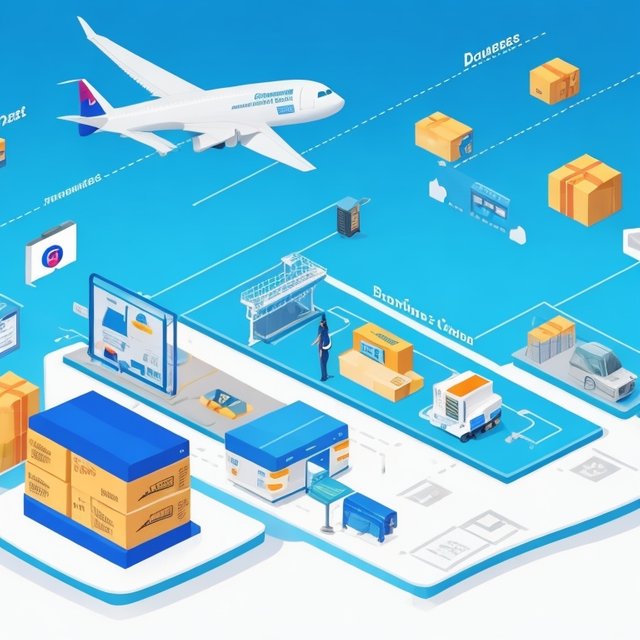E-commerce is the buying and selling of goods and services online. It has become increasingly popular in recent years, as more and more people have access to the internet and smartphones. E-commerce allows businesses to reach a global audience and sell their products to customers all over the world.
However, e-commerce also presents some challenges, particularly in terms of internet infrastructure and payment across borders.
Internet infrastructure
Internet infrastructure is the network of hardware and software that makes the internet work. It includes things like servers, routers, and cables. In order for e-commerce to thrive, there needs to be reliable and affordable internet infrastructure in place.
In many developing countries, internet infrastructure is still in its early stages of development. This can make it difficult for businesses to operate online and for consumers to shop online.
Payment across borders
Another challenge for e-commerce is payment across borders. When a customer in one country buys products from a business in another country, they need to be able to pay for those products in a way that is convenient and affordable.
There are a number of different ways to make cross-border payments, but they can be expensive and time-consuming. This can discourage consumers from shopping online from businesses in other countries.
Challenges and opportunities
The challenges of e-commerce are also opportunities. For example, the need for better internet infrastructure in developing countries is an opportunity for investment in this sector.
The challenges of cross-border payments are also an opportunity for innovation. New technologies are being developed to make cross-border payments faster, cheaper, and more secure.
The future of e-commerce
The future of e-commerce is bright. As internet infrastructure improves and cross-border payments become easier, e-commerce will continue to grow. This will create new opportunities for businesses and consumers alike.
Here are some of the ways that e-commerce businesses can overcome the challenges of internet infrastructure and payment across borders:
Partner with local businesses. E-commerce businesses can partner with local businesses in the countries where they want to sell their products. This can help them to overcome the challenges of internet infrastructure and payment across borders.
Use a payment gateway that supports cross-border payments. E-commerce businesses can use a payment gateway that supports cross-border payments. This will make it easier for customers to pay for products from other countries.
Offer multiple payment options. E-commerce businesses should offer multiple payment options to their customers. This will give customers more flexibility and make it more likely that they will be able to find a payment option that works for them.
Make sure their website is translated into multiple languages. E-commerce businesses should make sure that their website is translated into multiple languages. This will make it easier for customers from other countries to shop on their website.
By taking these steps, e-commerce businesses can overcome the challenges of internet infrastructure and payment across borders and reach a global audience.
